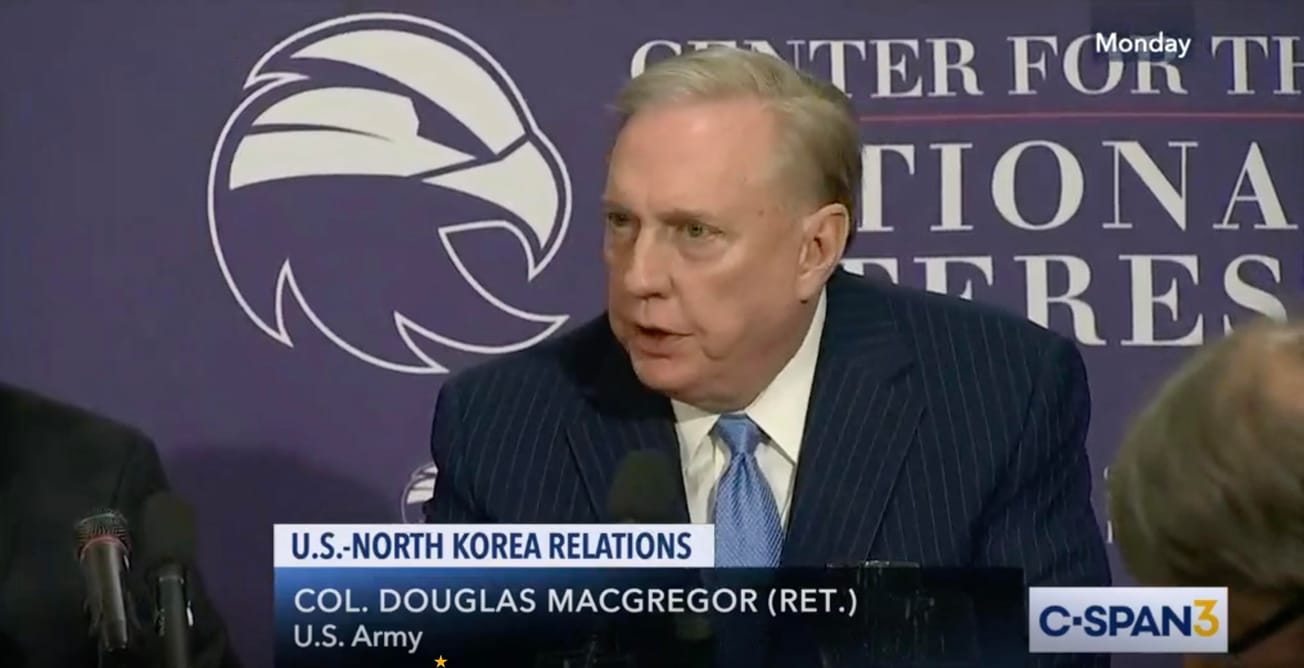On July 28, independent journalist Ken Klippenstein published on his X page the full text of a USAID cable from the U.S. embassy in Jerusalem to Washington expressing alarm at the rapid succession of IDF evacuation orders squeezing more and more Palestinians into an ever-shrinking “humanitarian zone.”
“Between July 22 and August 25, the Israel Defense Forces (IDF) drastically increased the pace of evacuation orders in Gaza, issuing or reiterating evacuation orders 20 separate times. Such directives have driven repeated displacement, decreased the size of the Government of Israel designated ‘humanitarian zone,’ and exacerbated multi-sector humanitarian needs,” the cable says in the opening summary. “IDF evacuation orders and subsequent military operations have likewise further constricted humanitarian space in Gaza, displacing aid workers and impeding access to essential warehouses and operational facilities. ...”
The cable cites UN reports on various aspects of the worsening humanitarian disaster unfolding in Gaza. “Evacuation orders issued between August 1 and 21 affected approximately 250,000 people across Gaza, while evacuation orders in late July likewise displaced at least 150,000 people in Khan Younis Governorate alone, the UN reports,” the cable says. The evacuation orders have also threatened UN relief operations, including a World Food Program (WFP) warehouse “containing 1,400 MT of food stocks and nearly 30,000 liters of fuel, exacerbating already insufficient storage capacity due to the inaccessibility of other facilities and limiting partners’ ability to distribute assistance within the enclave.” The evacuation orders have also had a severe impact on the provision of meals by humanitarian organizations, the availability of water for drinking, hygiene and other basic needs, as well as access to medical care.
The six-page cable closes with the following comment: “Furthermore, the challenges to aid operations stemming from evacuation orders only compound the pre-existing layers of bureaucratic impediments that partners face every day when trying to deliver aid inside Gaza, resulting from denials and impediments to critical humanitarian movements and operational and safety risks from hostilities, insecurity, and looting. Notably, the amount of humanitarian food assistance that entered southern Gaza in July was one the lowest recorded since October 2023, due to hostilities, insecurity, damaged roads, and access challenges along the main humanitarian route between the Kerem Shalom crossing and Khan Younis and Deir al Balah, OCHA reports. As a result, more than 1 million people in southern and central Gaza may not receive food rations for August, according to OCHA. The continuation of this pace of evacuation orders could debilitate remaining humanitarian operations in the enclave and, as a result, continued assistance to the 2.1 million people in dire need.”




